From the very beginning of the Fukushima Daiichi disaster, the public in Japan and around the world have not been told the full story of what has been happening at the nuclear power plant. An internet search turns up many pages about radiation from Fukushima, but there is very little credible scientific information regarding how much radiation is really leaking into the Pacific Ocean and where the currents are taking it. Some internet sites make hysterical claims that the West Coast is now being fried by nuclear radiation from Fukushima while other government and nuclear related organizations such as the U.S. Nuclear Regulatory Administration claim that Fukushima “falls well short of posing any U.S. health or environmental risk.”
Not only is there little reliable data being released to the public — but what little information that does appear, both in Japan and in the U.S., uses scientific jargon such as bequerels, millisieverts, and millirems, terms which are confusing to most non-nuclear scientists and deceptively equate radiation exposure from long distance flights or cosmic rays to situations such as ingestion of Cesium 137.
How might the Fukushima disaster impact Sonoma County and Northern California?
John Bertucci, who recently helped found the Petaluma-based Fukushima Response, explains that, “Instead of a concerted international effort to contain the Fukushima disaster, we’re getting a public relations campaign minimizing the danger to the environment and human health which will continue for generations to come.” Fukushima Response is an alliance of local organizations and International Medcom, a Sebastopol based company that manufactures and distributes radiation measuring equipment The group plans to monitor radiation levels in local air, food and water, and provide the public with accurate information about how Sonoma County is being affected by the Fukushima disaster.
A number of issues concern local activists. These include the following:
- A team of top Chinese scientists has just published a study in the China Earth Sciences journal showing radioactive plumes crossing the ocean in a nearly straight line toward North America, and that they appear to stay together with little dispersion.
- The mysterious and recent mass die-offs of seals, whales, sea lions, starfish, and sardines in the Pacific Ocean worry activists that the Pacific food web is not crashing as the result of pollution or warming ocean currents, as the National Oceanic and Atmospheric Administration (NOAA) is suggesting, but that it is the result of radioactive pollution from Fukushima. They point out that this phenomenon is not occurring in the Atlantic Ocean.
- Last year, scientists from the NOAA Pacific Marine Environmental Laboratory and the GEOMAR Research Center for Marine Geosciences showed that radiation on the West Coast of North America could end up being 10 times higher than in most areas of Japan.
- Although radiation levels reported by Radnet and other sources are relatively low at present, with some exceptionally high levels found in rainfall (for example in Los Angeles and St. Louis), radiation is cumulative. Concentration of radioactive substances will get higher over time. The half lives of several radioactive isotopes generated by the Fukushima disaster are: Iodine 131 – 8.02 days; Strontium 90 – 28.9 years; Cesium 135 – 2,300 years; Plutonium 139 – 24,000 years.
- The prevailing winds and ocean currents move from west to east. That’s why radiation levels in most Japanese cities (with the exception of areas surrounding Fukushima) are often lower than those in the USA. A video and graphics of the predicted radiation flows by ocean currents prepared by IOP Science Environmental Research Letters can be seen here. The Washington Post published an article detailing this pattern. Other excellent sites which provide information about Fukushima are enews.com and fukuleaks.org.
The Fukushima nuclear disaster started March 11, 2011 when a 9.0 earthquake and a 15-meter tsunami disabled the power supply and cooling system of three Fukushima Daiichi reactors. Three nuclear cores melted down completely in the first three days after the accident. Since then, there has been a concerted effort by the nuclear industry and government to suppress information about this disaster. The official line from the Japanese government is that the situation is under control. “The government is moving to the forefront and we will completely resolve the matter,” said Prime Minister Shinzo Abe, before Tokyo was awarded the 2020 Summer Olympics. The utility that runs the plant, TEPCO (Tokyo Electric Power Company), has been notoriously close-mouthed about its operation. To this day, aided by a recently passed government secrets act in Japan, journalists in Japan who violate the “state secrets” law by reporting the effects of Fukushima can be thrown into prison for 10 years. According to the Woods Hole Oceanographic Institution, “No U.S. government or international agency is monitoring the spread of low levels of radiation from Fukushima along the west coast of North America and around the Hawaiian Islands.”
What is Known
- According to TEPCO, about 300 tons of contaminated water is discharged daily into the Pacific Ocean from the Fukushima Daiichi nuclear plant. In addition, there are no official statements on the 300 or more tons of nuclear core material containing plutonium and many other radioactive materials that have escaped the plant.
- There are thousands of spent nuclear fuel rods precariously stored above a damaged and unstable Reactor 4 that are being extracted one by one to an undisclosed location. Another large earthquake or mishandling of these fuel rods could result in a massive nuclear explosion.
- The chief of the Fukushima nuclear power station has admitted that the technology needed to decommission three melted-down reactors does not exist, and that he has no idea how it will be developed. He conceded that the stated goal of decommissioning the plant by 2051 may be impossible without a giant technological leap.
- No one knows where the three nuclear cores from damaged reactors are located. Fukushima is so radioactive that no one has ventured near the reactor cores. The reactors have been breached: Plutonium, Strontium 90 and other radioactive isotopes are escaping into the air and groundwater and into the Pacific Ocean.
- There are millions of gallons of highly radioactive water stored on site at Fukushima Daiichi. These tanks could burst in the event of another major earthquake.TEPCO has admitted they are running out of space to store more radioactive water, and has started dumping highly radioactive water into the Pacific Ocean.
What Is Not Known
- How safe is the food chain? Although the EPA’s Radnet samples some food and air for radiation, their reporting has been spotty and infrequent. For example, Radnet’s latest milk sampling was done in March 2014. No regular or frequent sampling of seafood, vegetables or milk is being carried out by any government agency.
- How much radioactivity will be accumulating in the Pacific West Coast environment in the years to come?
Paul-André Schabracq, AICP, MCIP is an urban and environmental planning consultant who has worked for cities and counties in Northern California and throughout Canada. His previous journalistic experience includes freelance radio and television documentary production for the Canadian Broadcasting Corporation (CBC). He has friends living in Kobe and Shinjuku, Japan.


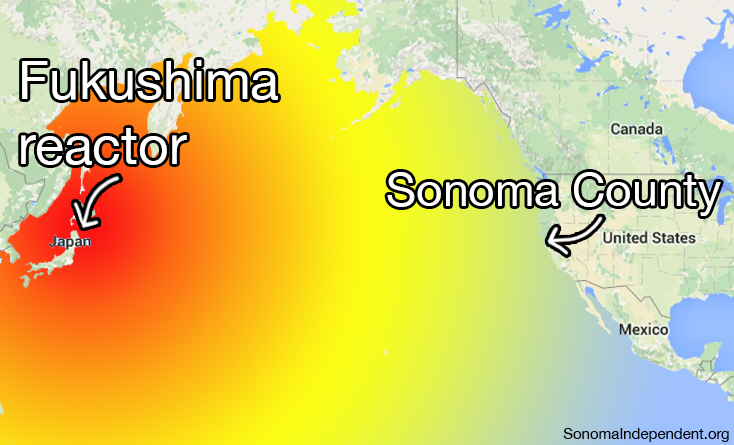
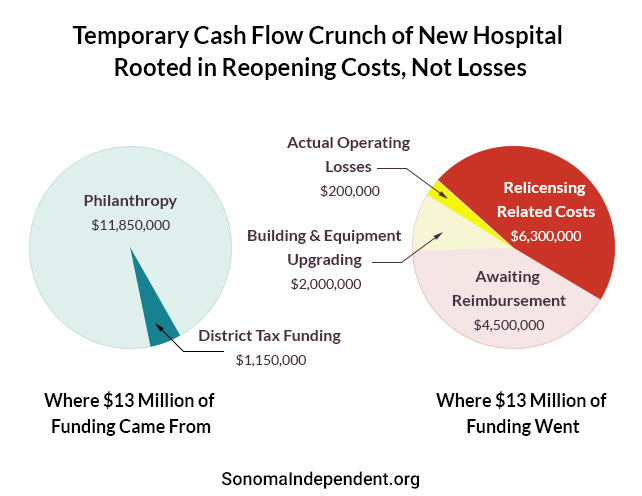

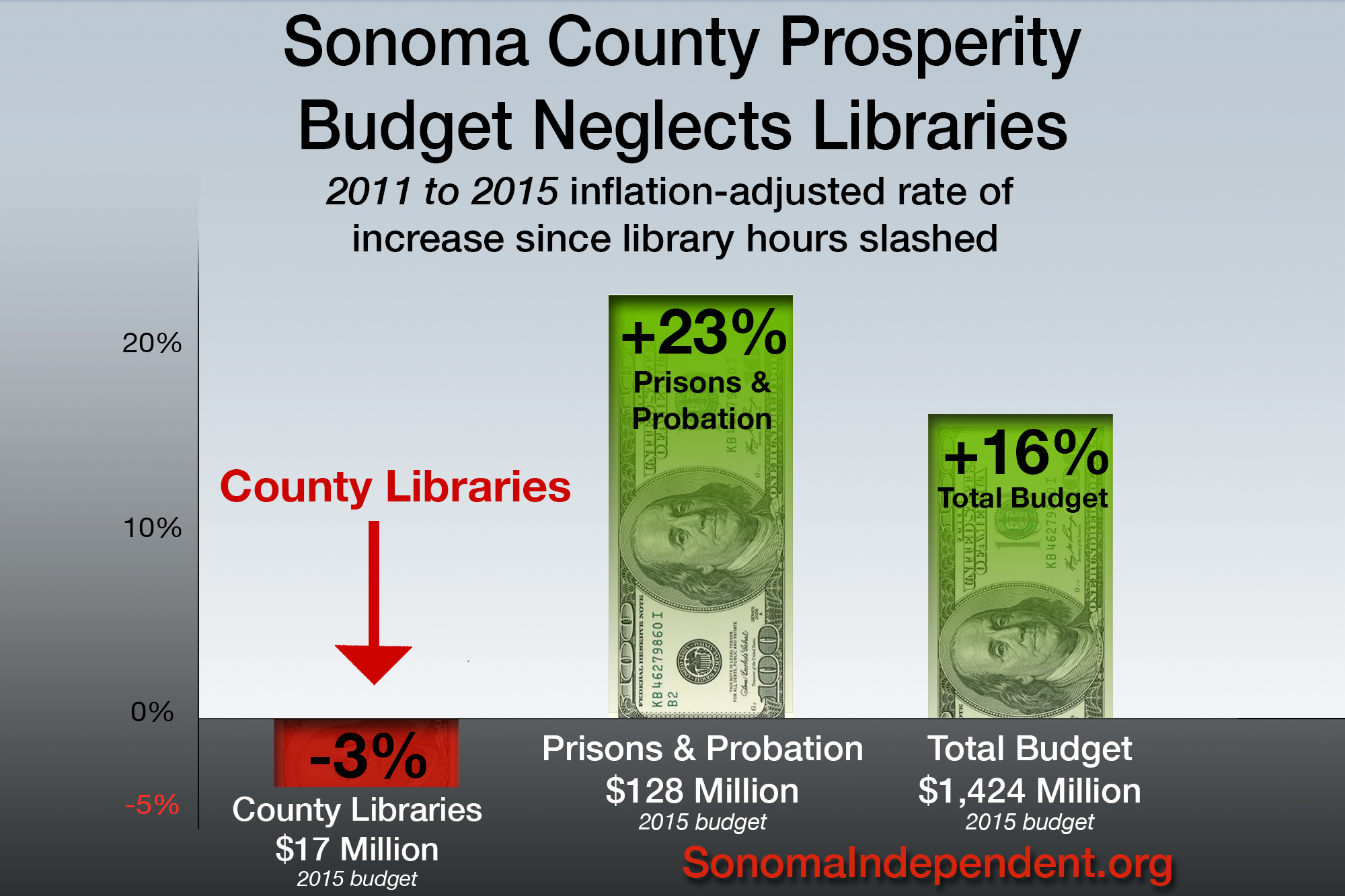







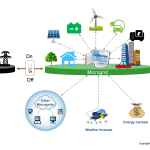



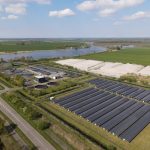



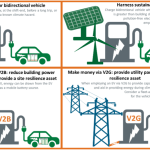



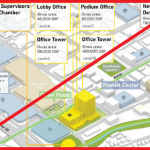
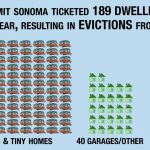









People can dispute the significance of the numbers, but one thing is pretty clear. Humans should never have messed with atoms. The misbegotten idea that we should smash atoms in order to build bombs and obtain energy is symbolic of the culture of violence in which we live. Nature in her infinite wisdom gave us a very long-lasting source of nuclear energy and situated it a safe distance away from the earth. Spurning her gifts, we now risk reaping the whirlwind.
Thanks for the article paul,
Please note that the spent fuel which was in the pool above Unit 4 Reactor started being removed in November 2013, and Unit 4 spent fuel removal was completed in December 2014. Further, the spent fuel was moved to “Unit 6”, which probably qualifies as a “disclosed” location. A bit of fact-checking on the web might be in order.
There is so much to be concerned about with the pat, current and future effects of this disaster, that it becomes especially necessary to do your homework to present what is “truth” about the situation. In that regard, your “What is Known” section needs a little work.
We gain nothing from sensationalism or dispersal of mistaken information.
We should focus on demanding environmental monitoring and testing from our local, state and federal governments. They have failed us again, and continue to fail us by not taking a proactive approach to testing and public disclosure, driving their heads further into the sand, or up their posteriors, as the case may be.
pretty good video summary of Unit 4 spent-fuel cleanup:
https://youtu.be/-pZVPux-bzs
Unit 3 spent fuel removal is due to commence in 2015, using techniques learned from Unit 4.
They first need to remove the crane which was above the pool, then build a steel superstructure structure much like that used for Unit 4.
Crowd-sourced Daiichi information source:
Some unit 1 info:
http://www.fukuleaks.org/web/?s=unit+1
Some unit 2 info:
http://www.fukuleaks.org/web/?s=unit+2
Some unit 3 info:
http://www.fukuleaks.org/web/?s=unit+3
Anthony,
Sebastopol
The Japanese are a fatalistic people. Mass suicide is an old tradition. My children and I grew up in Akita Japan. I remember my daughter Ginger returning from Middle School one day. A rock star had leaped from a building to her death. She had left a note apologizing to her parents. Hundreds of teens copied her, leaving the very same note. “What’s the matter, Ginger?” I asked. “My friends think the suicides are wonderful.” “How do you feel? Are they wonderful?” I asked. “No way,” she said. “They’re crazy.” Thank the Lord, I thought. This craze went on for months.
Tons and tons of radiation are poring into the Pacific at this very moment. It is up to us to take action. Otherwise the Pacific ocean is doomed and eventually the entire world. The Japanese haven’t and won’t. How? By encasing the reactors in tons and tons of concrete.